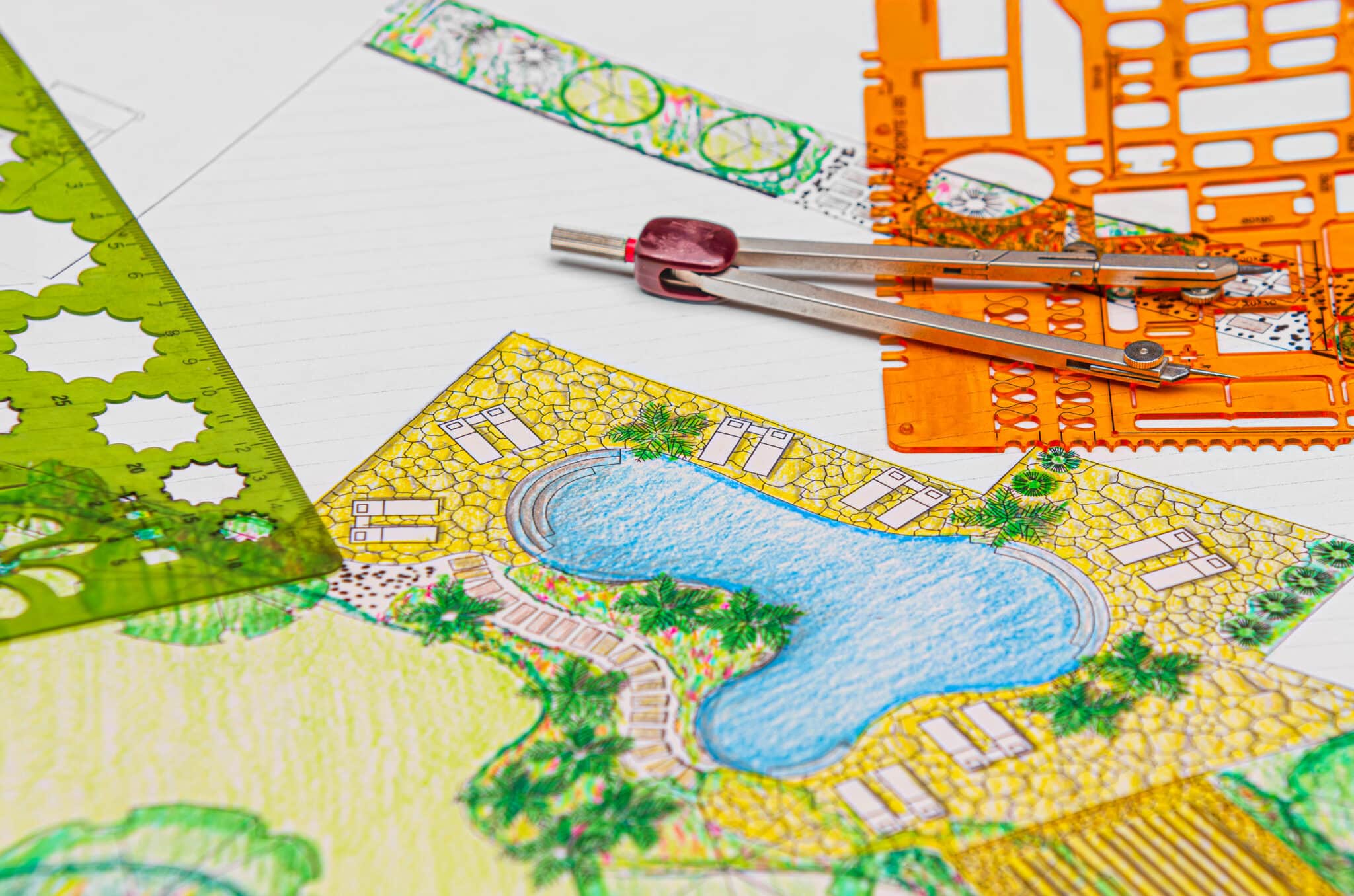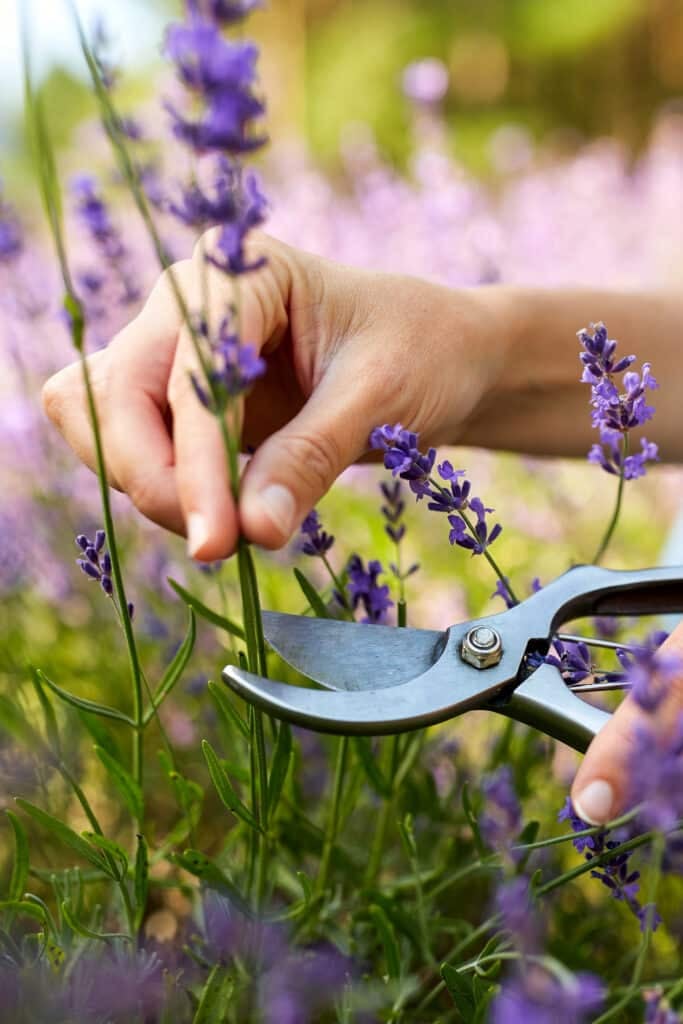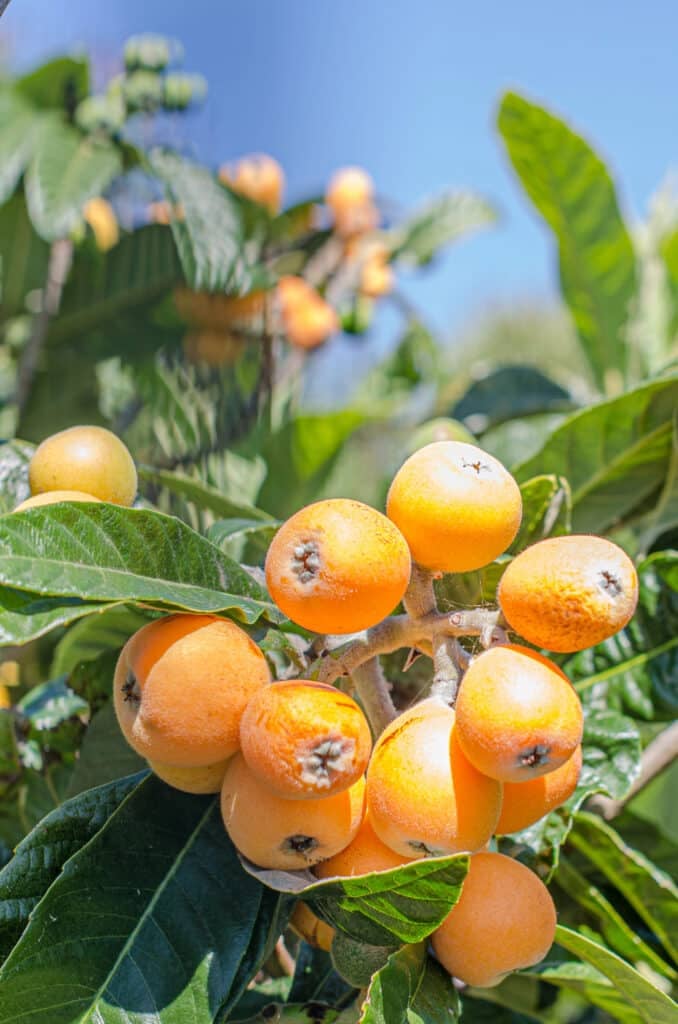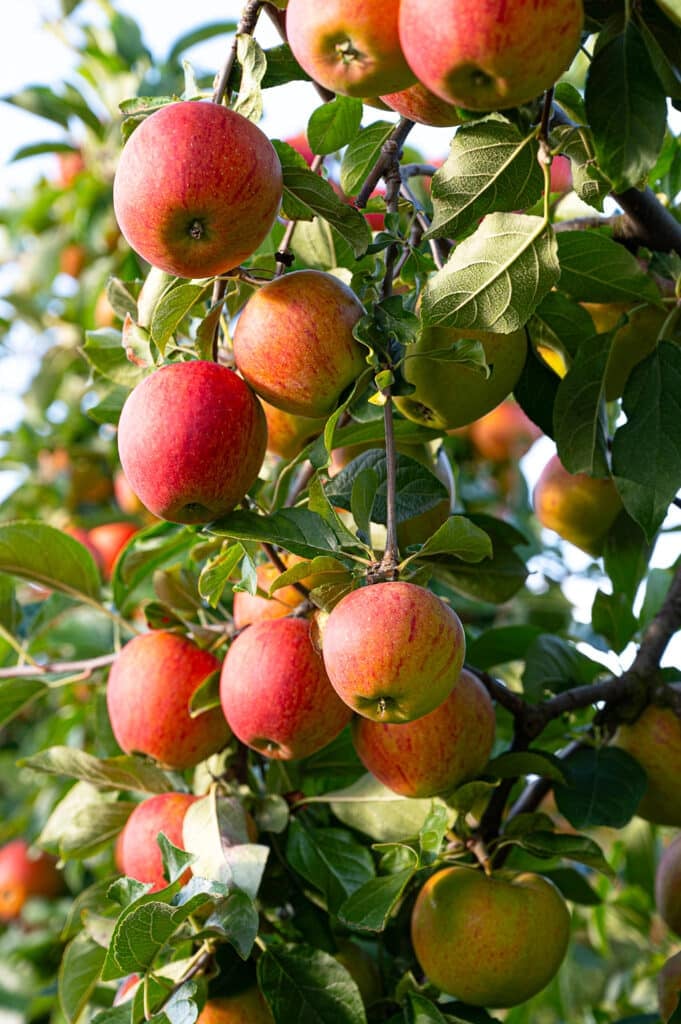Hardscaping for Drought-Tolerant Yards: Materials and Design Tips
Water conservation is no longer just a trend—it’s becoming a way of life, especially for homeowners in drought-prone areas. Traditional lawns are often water-hungry and high-maintenance, making them difficult to maintain year-round. Luckily, hardscaping offers a practical and stylish solution. By using durable materials like gravel, rocks, and drought-tolerant plants, you can design a landscape that saves water, requires minimal care, and enhances your home’s curb appeal.
This guide explores the best ways to incorporate hardscaping into your yard, with tips on plant pairings, paving options, and drought-tolerant ground covers. From starting fresh to enhancing what you already have, these ideas will help you create a beautiful, low-maintenance outdoor space.

Table of contents
Gravel, Pebbles, and Rocks
Gravel, pebbles, and rocks aren’t just filler materials—they bring texture, prevent erosion, and drastically reduce water consumption. These materials make it easy to design both functional and visually appealing pathways, patios, and low-maintenance garden spaces.
Our Experience:
When we excavated our basement, we discovered several large boulders. Instead of hauling them away, we used them to frame trees and create natural borders along our driveway. The boulders became beautiful focal points, helping our yard blend seamlessly with the natural environment.
If you want to explore more tips on selecting the right materials and integrating them with drought-resistant plants, check out The Ultimate Guide to Drought-Tolerant Landscaping for practical inspiration.

Specific Plant Pairings with Hardscaping
Pairing drought-tolerant plants with hardscape materials creates a visually appealing balance of textures and colors. These combinations help you achieve a cohesive design that is low-maintenance and eco-friendly.
- Blue Agave + River Rock:
Large agave plants with bold, blue-green leaves contrast beautifully with smooth river rocks, creating a modern desert aesthetic. Ideal for USDA Zones 9-11, this pairing requires almost no water. - Sedum + Pea Gravel:
Sedum thrives in well-drained soil, making it the perfect companion for pea gravel. Plant it along borders to add vibrant greenery and seasonal flowers. - Ornamental Grasses + Flagstone:
Soften hard edges by planting blue fescue or other ornamental grasses around flagstone paths. The grasses sway in the wind, adding movement and a natural touch to your design.
For more plant suggestions, check out 40 Drought-Tolerant Plants for Stunning Front Yards.

Partner with Drought-Friendly Ground Covers
Replacing a traditional lawn with drought-tolerant ground covers helps conserve water and improve soil health. These ground covers prevent erosion and thrive with little to no irrigation, making them an excellent addition to your hardscape plans.
In Our Yard:
We built a brick fire pit area and surrounded it with creeping thyme. The thyme not only adds a fragrant touch but also functions as a resilient ground cover that requires minimal water.
Here are more drought-friendly ground covers to consider:
- Creeping Thyme: Aromatic and hardy, it produces purple flowers in summer and can tolerate light foot traffic.
- Growing Zone: USDA Zones 4-9
- Dymondia: A silver-green carpet with yellow flowers that thrives in full sun. Perfect for small spaces or lawn replacements.
- Growing Zone: USDA Zones 9-11
- Sedum: A succulent that spreads quickly and handles dry conditions well, ideal for sunny areas.
- Growing Zone: USDA Zones 4-9
- Yarrow: This low-maintenance wildflower adds texture and blooms in dry soils, making it perfect for borders.
- Growing Zone: USDA Zones 3-8
For more creative ways to enhance your yard with drought-tolerant features, visit Water-Wise Landscaping to Enhance Your Curb Appeal.

Paved Pathways and Patios
Paved pathways and patios provide structure to your landscape while reducing the need for water-dependent lawns. Permeable paving materials like flagstone, pavers, and decomposed granite allow rainwater to seep into the ground, supporting plant health and reducing runoff.
Permeable Paving Options
- Permeable Pavers: Eco-friendly and stylish, these pavers allow water to filter through. Add creeping thyme between pavers for a soft, natural look.
- Flagstone: Available in earthy tones, flagstone works well for patios and pathways. Pair it with drought-tolerant plants for a cohesive design.
- Decomposed Granite: This rustic material compacts into a firm surface while still allowing water to penetrate. It’s ideal for walkways and seating areas.

Regional Considerations for Hardscaping
Choosing the right hardscape materials and plants depends on your region’s climate.
- Hot, Arid Regions (USDA Zones 8-11):
Gravel, succulents, and desert plants thrive in dry conditions. Use light-colored stones to reduce heat absorption and install drip irrigation for targeted watering. - Cooler, Temperate Regions (USDA Zones 4-7):
Pebbles, permeable pavers, and freeze-resistant ground covers like sedum perform well. Add landscaping fabric beneath gravel to prevent weeds during rainy seasons. - Coastal Regions:
Use pebbles, driftwood, and weathered stones to resist salt exposure. Plant sea lavender, beach grass, or succulents to withstand salty air. - Desert Climates:
Crushed granite, boulders, and native cacti work perfectly. Group plants with similar water needs and use native rocks to reduce transportation costs.
For additional guidance on designing a climate-specific yard, explore How to Design a Drought-Tolerant Landscape.
Design Templates for Hardscaping Themes
Here are some creative hardscaping themes to inspire your yard design:
1. Modern Zen
- Materials: Gravel paths, river rocks, and bamboo.
- Plants: Japanese maple, dwarf bamboo, and black mondo grass.
2. Mediterranean-Inspired
- Materials: Flagstone, terracotta pots, and decomposed granite.
- Plants: Lavender, rosemary, and olive trees.
3. Desert Chic
- Materials: Crushed granite, large boulders, and metal sculptures.
- Plants: Agave, yucca, and barrel cactus.
4. Rustic Woodland
- Materials: Pebble paths, reclaimed wood benches, and natural stone.
- Plants: Yarrow, creeping thyme, and lamb’s ear.
5. Tropical Escape
- Materials: Bamboo fencing, ceramic water bowls, and flagstone.
- Plants: Hibiscus, ferns, and bird of paradise.

Cost Considerations for Hardscaping
The cost of hardscaping varies by material:
- Gravel and Pea Gravel: Affordable and easy to install.
- Flagstone: More expensive but perfect for patios and pathways.
- Permeable Pavers: Mid-range in price and eco-friendly.
Grab Our Ultimate PRINTABLE Garden Planner
With 39 pages of planning and organizing and the ability to customize your planner with the pages you need, you won’t need another planner for the rest of your gardening life!
$4.99 US

Maintenance and Long-Term Care
Though hardscaping requires less maintenance than traditional landscaping, a little upkeep ensures everything stays in top shape:
- Refresh Gravel and Pebbles: Rake periodically to redistribute materials.
- Prevent Weeds: Use landscaping fabric and mulch to suppress weeds.
- Care for Ground Covers: Trim plants like creeping thyme once or twice a year to promote dense growth.
For more tips on maintaining a drought-tolerant garden, check out Drought-Tolerant Garden Maintenance.

Conclusion
Hardscaping offers a smart, sustainable way to create beautiful, low-maintenance yards that conserve water. Using the right combination of plants and materials ensures your landscape thrives in any climate. With these strategies, you can build a yard that’s both functional and visually stunning, all while saving water and reducing maintenance efforts.

Author: Laura Kennedy
Writer & Owner of Little Yellow Wheelbarrow










